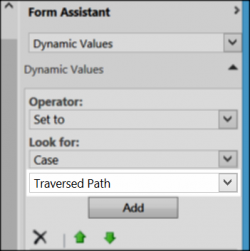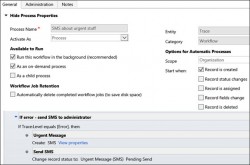
Even the best of us occasionally make the wrong choice when provisioning Dynamics 365 Portals, especially when Customer Self-Service seems like an obvious all-encompassing choice. Except that it is not. Take, for example, the case of Feridun “Best Twitter Handle for CRM MVP” Kadir: Problem I have a D365 instance with the customer self-service portal […]
 of the
of the




